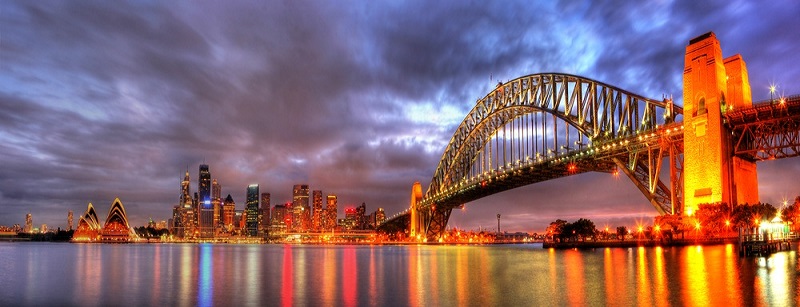Sydney
The City
Sydney is a fast-paced, diverse, and creative global city where stunning ocean views, endless beaches, and charming neighborhoods offer a tranquil alternative to its bustling markets, adrenaline-pumping experiences, and lively arts, music, and theater scene.
The city is a global business hub named the “innovation and technology capital of Australia” and a nucleus of activity for the start-up community. Sydney is a multicultural society home to people from more than 120 different nationalities amongst a population of 5.3 million.
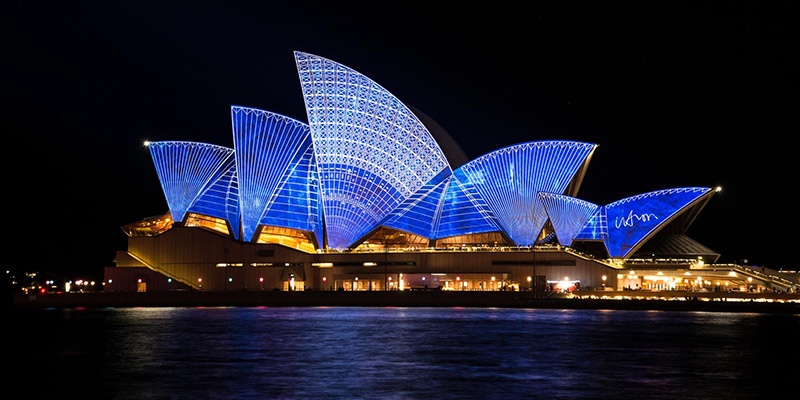
The Center
The CAPA Sydney Center is in the heart of the city, in the student-friendly Haymarket neighborhood, surrounded by multiple universities, Chinatown, Central Station, and other exciting suburbs such as Darling Harbour, Ultimo, Chippendale, Surry Hills, and the Sydney Central Business District.
CAPA shares the building with the University of Technology Sydney, ranked in the Top 150 universities in the world. The Center is split across two levels: the ground level with three classrooms and a communal lounge, kitchen, and courtyard, and Level 5 hosts two more classrooms, CAPA staff offices, a student lounge, and a study area.
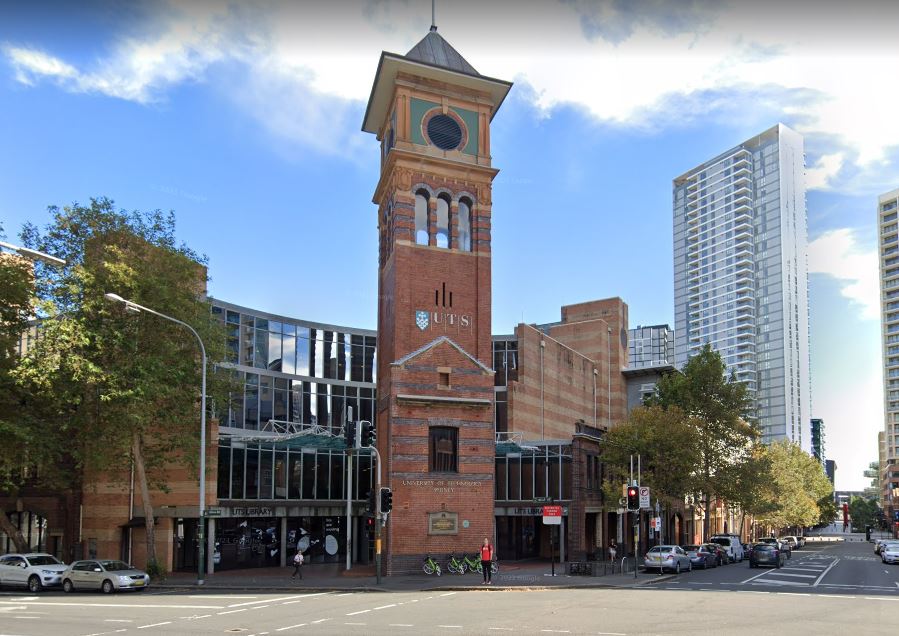
Additional Resources
The Lifestyle
Sydney is a multicultural city that allows its residents to determine their own lifestyle, whether it be fast-paced, laid-back, or somewhere in between. Its location on the water also allows residents to adjust their style of living to the activities they enjoy. Regardless, Sydneysiders are always on the move. Exploring the arts, music, and food scenes is common among residents. Sports and outdoor activities such as kayaking, hiking, and surfing, also keep the locals busy throughout the year. Whether it’s the hustle and bustle of the city or the relaxing aura of the ocean-living, Sydney can fit anyone’s lifestyle.
There’s a sense of camaraderie among Sydneysiders. Building and maintaining friendships is important and you’ll notice that locals may be quick and open to welcome and include you. Informality and humor may arise in situations you may not expect, such as in the workplace or classroom. This style of communication goes along with the relatively relaxed approach many people take on while in Sydney. Understanding and actioning practices of environmentalism and sustainability are important to the Australian people, and it is crucial that you respect wildlife and nature while studying abroad.
Note that this information is indicative of the “westernized” Australian population, and not that of the Aboriginal and Torres Strait Islander people. It is important to understand and recognize the intergenerational effects of colonization has had on the different peoples living in Sydney and Australia as a whole.

The Commute
Sydneysiders have access to Australia’s largest public transportation network, with the option of traveling by bus, metro, light rail, train, or ferry. Sydney is also a very safe, walkable city so be prepared to stroll through the many different suburbs as an alternative to public transport.
Trains in Sydney can also take you outside of the city, reaching points such as the Blue Mountains, Newcastle, Southern Highlands, and more! All of the transport in Sydney can be ridden with an Opal card, the fare payment method used across New South Wales.

The Language
At first listen, Australian English and American English may seem as though the only difference is in the accent. You may also know the common spelling differences (“center v. centre, or “color” vs “colour”) between the two. However, you’ll soon find that Australians have developed a library of slang that may sound like a new language to you altogether.
Similar to British English, Australian English speakers softened or completely remove the ‘r’ sounds in words, especially when the ‘r’ is at the end of the word. Australian English speakers are also known to shorten and slightly alter words, such as “servo” (service station), “arvo” (afternoon), and “sanger” (sandwich). Despite speaking English, it’s not uncommon to feel like you must navigate a new language while in Sydney.
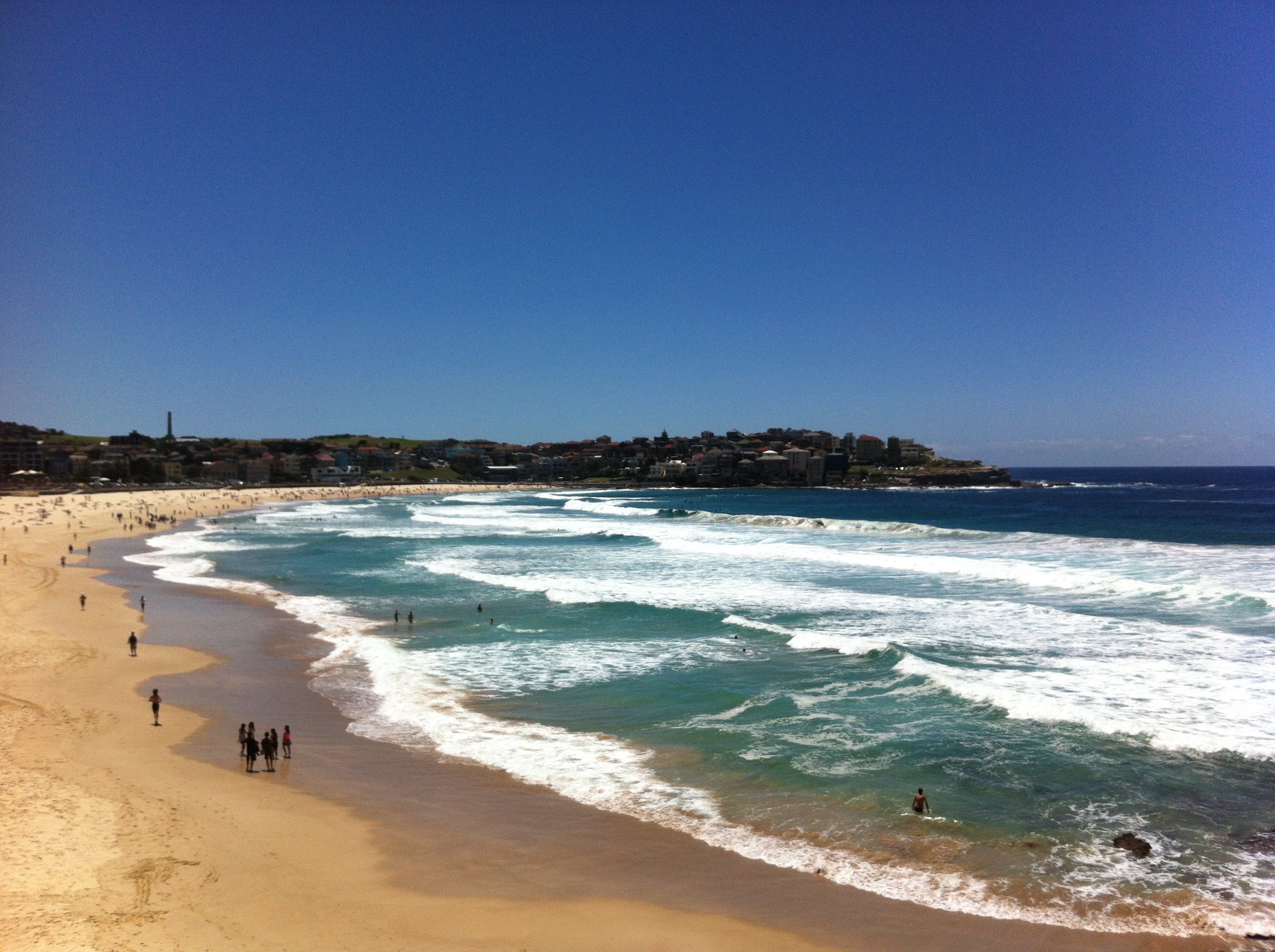
The Currency
The Australian dollar (AUD) is the official currency of Australia. The USD has a more favorable exchange rate than the AUD, meaning your money in the U.S. is worth more in Australia. But before you start counting those extra dollars, it’s important to consider the cost of living from where you live and go to school versus living in Sydney.
Learn the slang! You could hear the dollar referred to as a “buck”, “dough”, or “Aussie”. You may want to purchase a wallet with a change pouch, as you’ll get $1’s and $2’s back in the form of coins, not bills
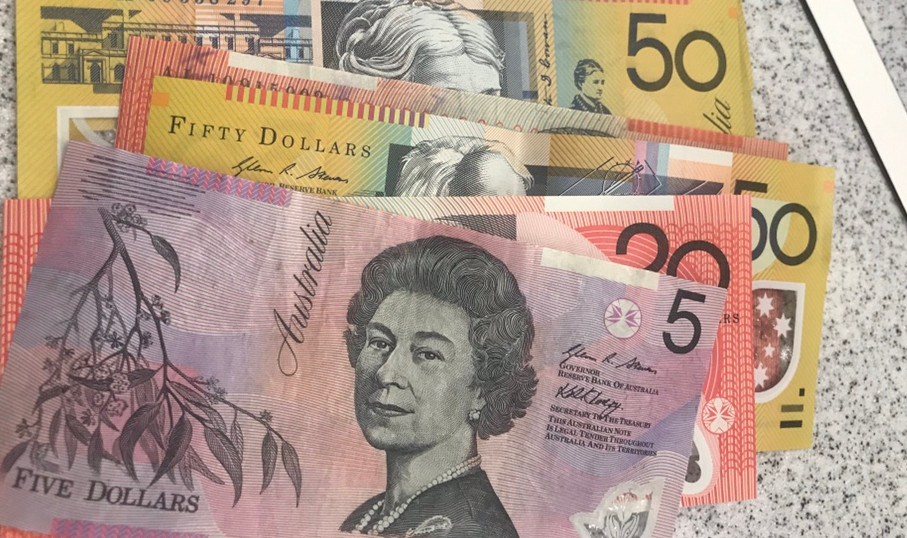
The Weather
Remember the hemisphere! As Australia is located in the southern hemisphere, the seasons are different than in the U.S., with the warmest time being from December to February and the coldest from June to August. Sydney has a sunny climate that includes mild winters and warm summers.
Temperatures range from 65 to 78 °F in the summer months and drop to 47 to 62 °F during the winter making it a great location for outdoor activities all year round. It’s important to pack a raincoat for Australian winters as it can get quite rainy!
